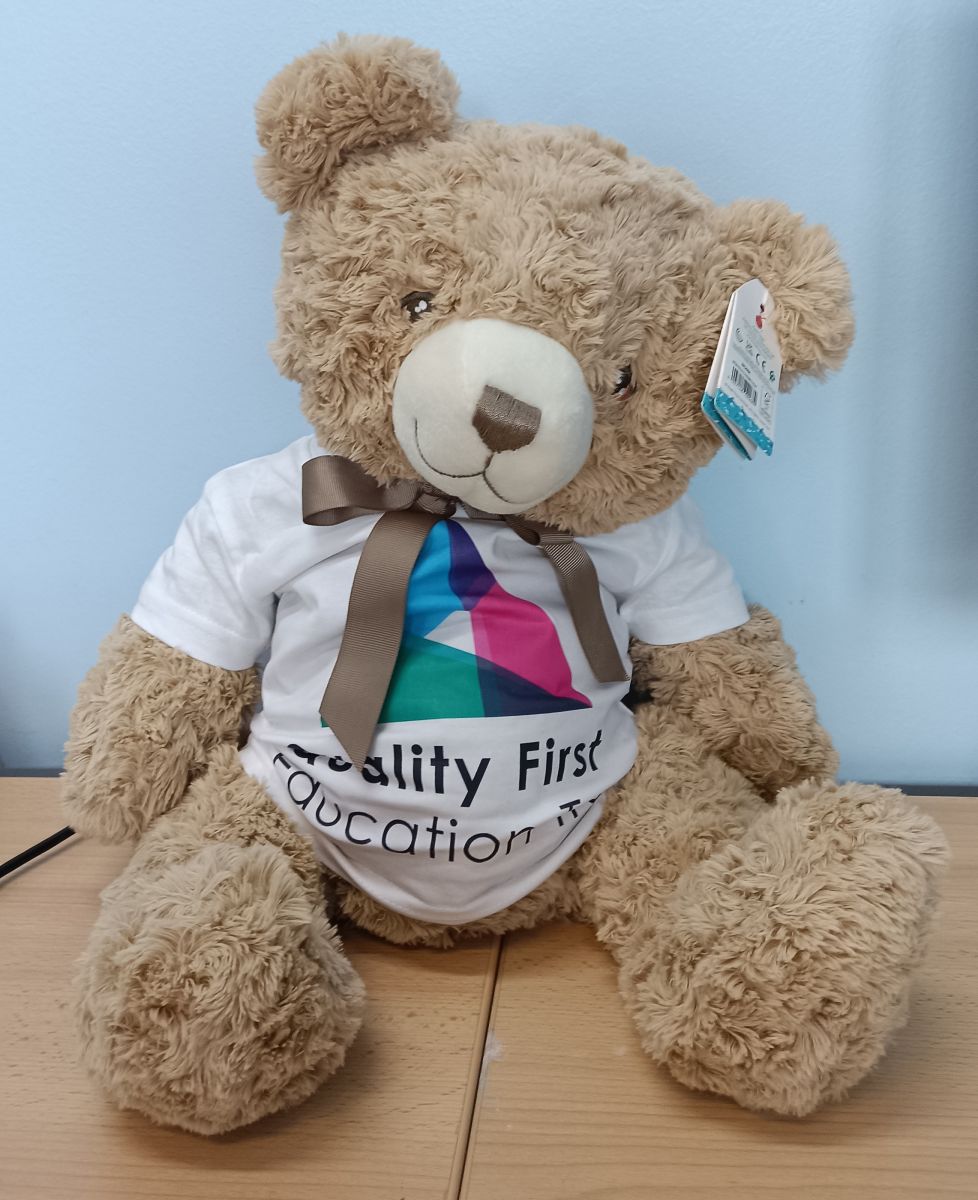Learning to read; reading to learn
‘Learning to Read’ – Early Reading
Our ultimate aim in the teaching of early reading is for children to leave Year 2 fluent, confident and independent readers being able to apply their knowledge and skills across the curriculum. We place a great deal of importance and emphasis on the teaching of early reading. This is reflected in the amount of time dedicated to the teaching of knowledge and skills; we teach phonics daily in Early Years and Year 1. With these key skills, children are in an excellent position to access the wider curriculum. The love and enjoyment for reading is reinforced in the rich, broad diet of texts to excite and challenge.
We have developed a bespoke, systematic synthetic phonics programme of study based on ‘Letters and Sounds’ which incorporates symbols, songs, actions and resources from a variety of commercial programmes to best meet the needs of and promote engagement with reading for our children.
 Throughout our phonics programme we explicitly teach ‘Jolly Phonics’ actions to engage our learners. This we find particularly supports our EAL learners to cue into the sounds. In addition to this, we use Tom the Bear to reinforce the skills and knowledge. Tom is crucial to the teaching of Phonics. He is able to segment using pure sounds but is not able to blend the sounds, therefore encouraging 100% participation from the children and reinforcing the skill of blending.
Throughout our phonics programme we explicitly teach ‘Jolly Phonics’ actions to engage our learners. This we find particularly supports our EAL learners to cue into the sounds. In addition to this, we use Tom the Bear to reinforce the skills and knowledge. Tom is crucial to the teaching of Phonics. He is able to segment using pure sounds but is not able to blend the sounds, therefore encouraging 100% participation from the children and reinforcing the skill of blending.
In Nursery, children learn to identify environmental and percussive sounds with teaching of rhymes and songs to enable them to begin to make the distinction between different sounds in preparation for identifying Phase 2 sounds and phonemes by the end of the year.
In Reception, we explicitly teach the phonemes and corresponding graphemes through the daily teaching of our progressive and engaging phonics program of study. This begins very early into the term with discrete phonics teaching starting after baseline assessments have been completed . We expect children to leave Early Years with the knowledge of Phase 3 sounds.
As children move into Key Stage One the skills and knowledge are reinforced and built upon. Year 1 children are taught alternate graphemes to specific phonemes through explicit phonic lessons which take place everyday. We expect children to have a sound knowledge of Phase 4 and 5 sounds. Children move into Year 2 with a greater shift from learning to read at a basic skill level to reading to learn in the application of their knowledge. We expect children to leave Year 2 as confident, fluent readers with the knowledge of Phase 6 sounds.
Knowing that not all words are phonetically decodable, we teach children various strategies to read and spell Tricky words/Words to Learn. We have identified sets of words that children are expected to read and spell by the end of Reception, Year 1 and Year 2 in order for them to be successful readers and writers. This is part of our Phonics programme.
Phonics Programme of Study - Nursery
Phonics Programme of Study - Reception
